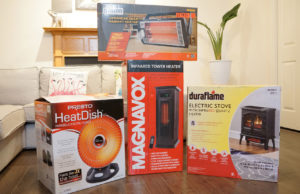 Once upon a time about four weekends ago, we had a chance to review a handful of electric heaters that run on 110v outlet. We also compared how they warm your place differently to one another –e.g radiant heaters radiate direct heat to warm an object while traditional convection ceramic/infrared heaters heat up the air.
Once upon a time about four weekends ago, we had a chance to review a handful of electric heaters that run on 110v outlet. We also compared how they warm your place differently to one another –e.g radiant heaters radiate direct heat to warm an object while traditional convection ceramic/infrared heaters heat up the air.
However all these heaters have one major weakness, that they cannot exceed the energy output limitation of a household 110v current. Hence they can only generate at most 5200 BTUs –aka heat unit– at full load.
To be fair 5200 BTUs is certainly sufficient for a 150-sqft room or smaller, but larger area should take a lot, lot of patience for the ambient temperature to reach a comfortable level –like a gov’t shutdown kind of patience, when the all debt collectors and repo crews are having a party at your door.
How fast the temperature rises also depends on whether the room is properly air-sealed and insulation is topped up to the recommended r-value (which I promptly did in that very same 110v heaters review). Some of us found another approach by utilizing powerful 240v electric heater, unfortunately it’s not always readily available for everyone. You might be out a few hundreds bucks to have a technician wire a 240V outlet to where you want it to be.
So we gotta find a more immediate choice.
With that being said, many folks who have a 400-sqft two car garage or larger (#crazyrichasian) know that it’s a pain to get the temperature up to 68°F using electric heaters, especially in a freezing winter night and you really need the garage to be warm quickly, not four months later.
Thus today let’s take a look at one these ventless liquid propane heaters everyone has been talking about — are they real? Am I gonna die because of co2 poisoning? Is this gonna put my house on fire when possible?
Well yes. If you really really want it to, as Sun Wukong once said “You can do anything if you put your mind to it.” — except when you try to say the election is rigged but have 0 evidence to prove it and lose everywhere for the 11th time.
1. Which Vent-free Propane Heater is Best?
There are many different brands when it comes to ventless LP heaters, but two that stand out the most and have a decent track record are Mr. Heater and DynaGlo.
- 20,000 BTU Liquid Propane heater to heat spaces up to 700 square feet
- Blue flame burner for even convection heat. Run Time (Hrs at Max BTU)- 21.59. Fuel...
- Automatic low oxygen shut-off system (ODS). CSA Certified
- Operating this heater at altitudes over 4,500 FT above sea level could cause pilot/ODS to...
- Liquid Propane Ready (Fuel conversion not permitted)
- Blue Flame Technology works by convecting heat to warm the air the same way as a central...
- Up to 20,000 BTU's/hr heats up to 700 sq. ft.1 Year Warranty
- LOW-MED-HI variable control knob offers the most customizable heat settings
The two units above are both rated at 20,000 BTUs –which is capable of heating up a 500-sqft area in half an hour. That means they should have no trouble rising temperature of a 400-sqft garage from under 25°F to 68°F in 20 minutes or less under ideal condition.
In my own time test, if you leave it running you’ll start sweating in an hour. You can make this process happen even faster if you are flying through an Insanity workout warm up while waiting.
Since I’m a lazy and very hard working person who’s also poor, I decided to spend more money to purchase Mr. Heater 20,000 BTUs unit. The thermostat may one day save us all from leaving the heater on by accident and waste the whole propane tank needlessly.
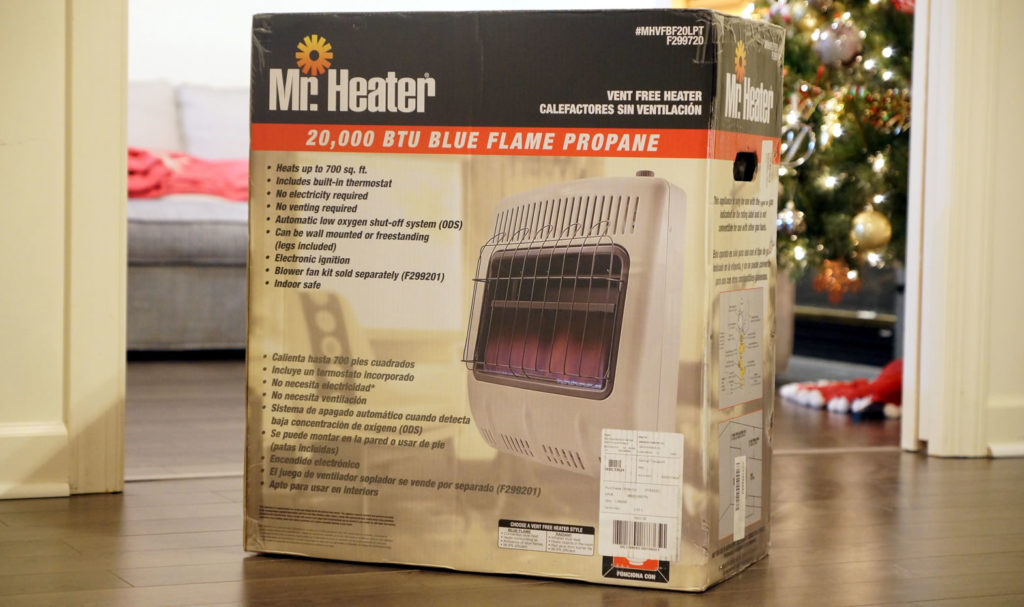 Now, let’s talk about the Pros and Cons of Mr. Heater vent-free liquid propane heater.
Now, let’s talk about the Pros and Cons of Mr. Heater vent-free liquid propane heater.
- Wall-mountable or free standing.
- Heats up room a lot faster than electric heaters.
- Vent-free –clean blue flame burns 99.9% efficient and generates little CO2 residual so it’s an ineffective way to commit suicide. There is also a radiant type of ventless propane heater but they won’t heat up the air like blue flame version does.
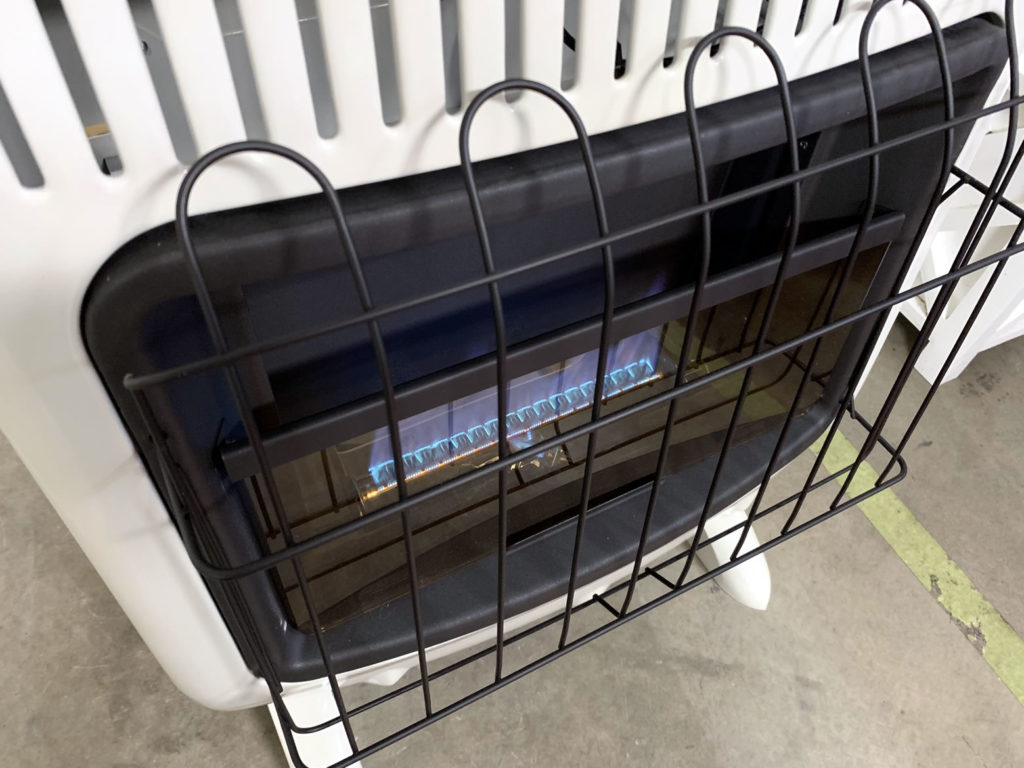
- Easy to operate, no electricity needed. However one battery is required.
- Cheaper to operate if cost of electricity is high in your area. One tank usually last 2-3 weeks with an average of 1-2 hours of usage per day. Electric heater often has to run much longer to produce the same room temperature, hence it costs more.
- Real flame effect since it’s…real.
- Equipped with Oxygen Depletion Sensors (ODS) which turns off the unit if low oxygen level is detected.
- Equipped with Thermostat that can turn heater on/off automatically at your preferred room temperature.
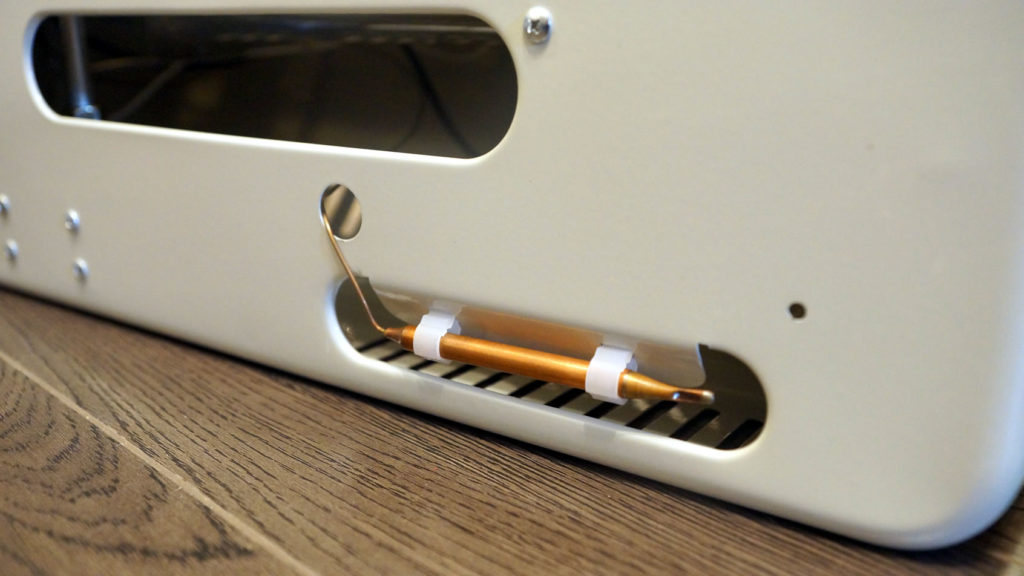
- The unit will certainly be larger than you thought.
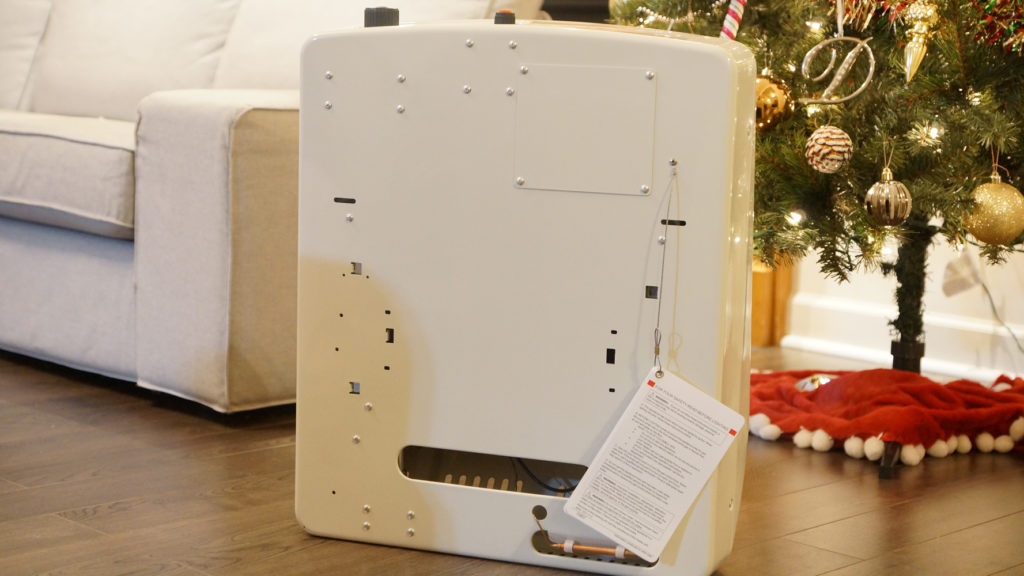
- Setting up might seem intimidating for the most part, but it’s a smooth learning curve.
- Whenever it goes, there always must be a bulky LP tank right beside. If the heater location is permanent, you could probably run a long hose to meet tank somewhere outside instead.
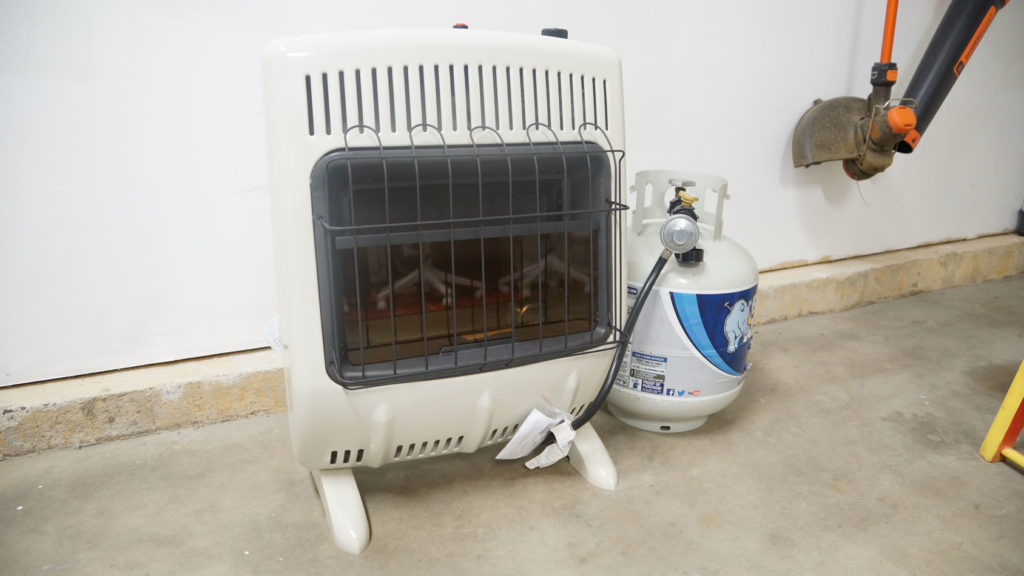
- There is a slight burnt smell when the unit is first in operation.
- Though the unit is vent-free, it’s advised to have the room properly aired out –e.g two vents in opposite location. This helps fresh air exchange to happen periodically in the room. However, the vents should not be too large or you’ll kinda defeat the purpose of running a heater in the first place. In case of a garage, there are usually a lot of air drafts by the doors hence one vent to the outside might have been sufficient. Use your best judgement.
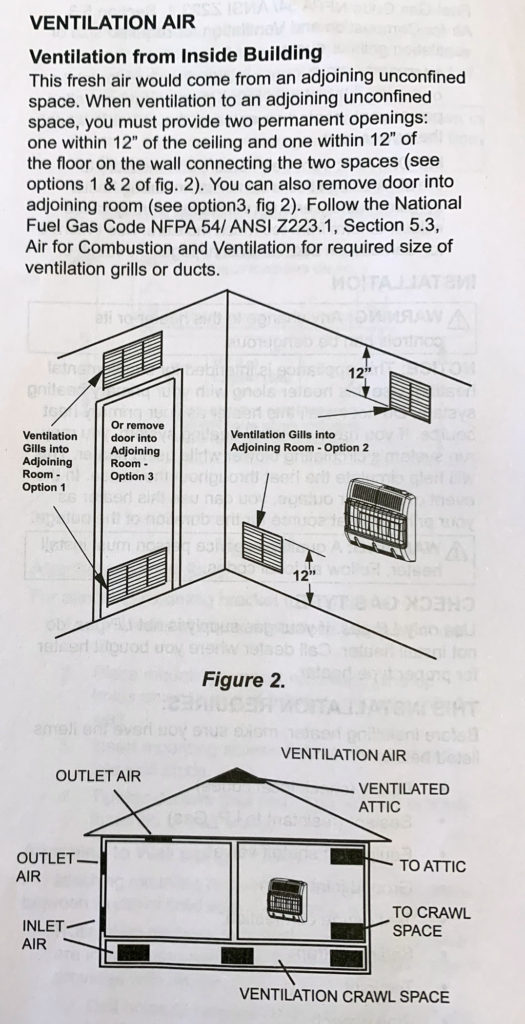
- LP heaters in general will increase humidity level and that amount depends on your altitude. Typically, a little close to two lbs of water is generated for every lbs of propane burned. While you might not like the moisture and condensation, folks who often have a dry winter may actually enjoy this additional benefit. To reduce the humidity before mold happens, you must run a humidifier. The hot air coming out from the humidifier should also aid on heating up the room faster. Or you can crack open the window/door a little every now and then just for a simple air refresh.
- More expensive up front than electric heater. A pressure regulator hose is also required which adds into the initial cost.
- Comes with an absolute shitty, cheap-made aluminum elbow fitting. All the complaints on Amazon are pretty much about this stupid piece of junk. More on that later.
- Model 20,000BTUs and above can be equipped with an optional blower fan to distribute the heat faster, but it is a “weak ass fan” according to several reviews on Amazon and my own experience. Don’t waste your money.
- Usage restricted to maximum 4500ft high altitude.
2. Additional Items You Will Need
The heater requires a pressure regulator to adjust a proper delivery of liquid propane.
Non-restricted flow leads to excessive distribution that will not burn through completely, so it fills the room with all propane gas instead of happiness. It’s not an instant death because this could take anywhere between 15 minutes to hours. Then one little electrostatic discharge and you’re fried turkey. Jk.
- ✓ User friendly, top quality connection - this high-pressure regulator and hose is...
- ✓ LONG LASTING AND DURABLE - Gas One’s 2108 High-Pressure Regulator provides an...
- ✓ READY FOR USE - The high-pressure hose and regulator is ready to use right out of the...
- ✓ MEASUREMENTS - The 2108 measures at 4 ft long and is made to have a secure fitting...
- 🎁【HIGH QUALITY, MORE SAFER】 Long lasting high quality material provides secure,...
- 🎁【DURABLE, HELPFUL】The propane tank gauge level indicator is helpful to monitor the...
- 🎁【CONVENIENT, EASY TO INSTALL】 No tools required, you can easily install the...
- 🎁【MULTIFUNCTION, BEST SOLUTION】 This propane tank gauge is compatible with...
3. Assemble Mr. Heater 20,000BTUs Vent-free LP Heater
Upon unboxing the heater…
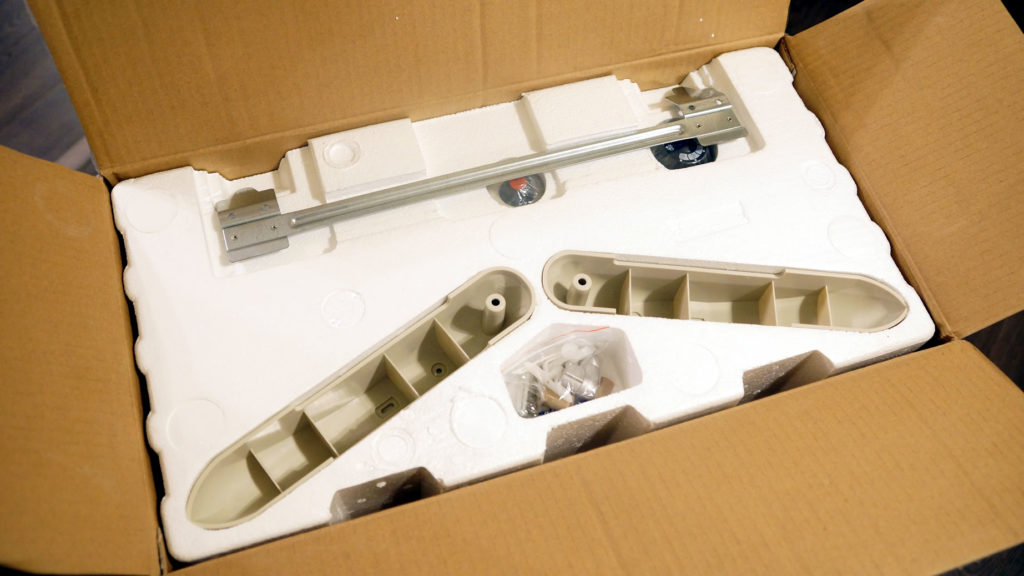
…you will be immeditately greeted by the worst fitting in a history of bad fittings ever comes with a decent product. This aluminum worthless fitting –a core component that was cheaply made to cut on production cost.
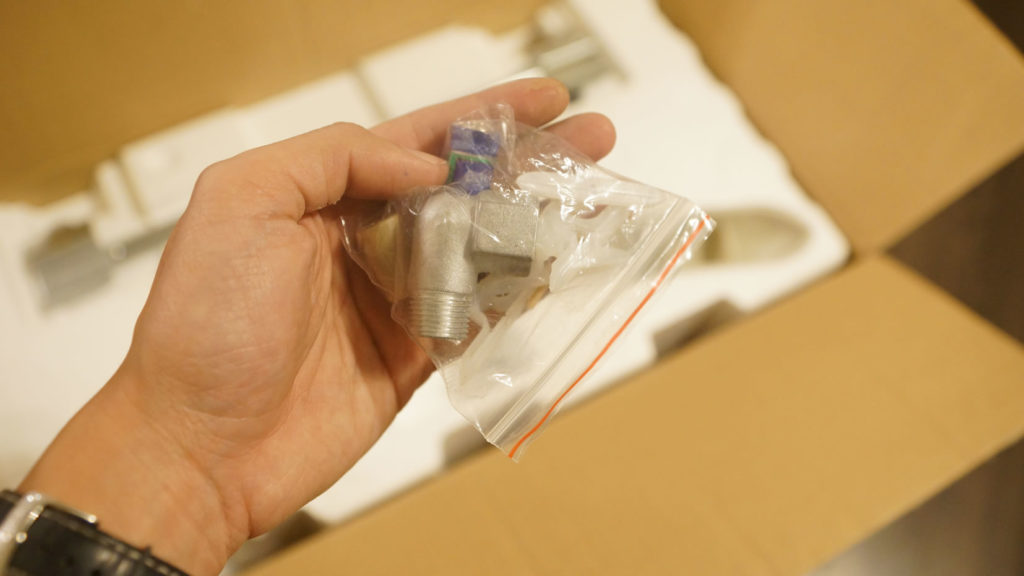
Why it bad, you ask? First it’s a flare male to female 3/8 elbow fitting that requires purchasing of another additional adapter in order to make a connection to a regular 20lbs LP tank, because the hose is also female. It might work well on Brazzer, but you can’t have an air-tighted fit with female to female plugs.
Second, the thread doesn’t even line up precisely with the female port on the heater itself. Don’t attempt to put the fitting on, it will get stuck so badly you’d think any guy who had his dong stuck in the fan is just a minor inconvenience. And if you try to remove it, you will destroy all the threading. Better yet, don’t even touch it or you will trigger a series of unfortunately events. Here’s a better solution.
Go to your local home improvement store and purchase a flare 3/8 brass elbow fitting. I found this $4.99 fitting (#877037) at Lowes and it’s just perfect.
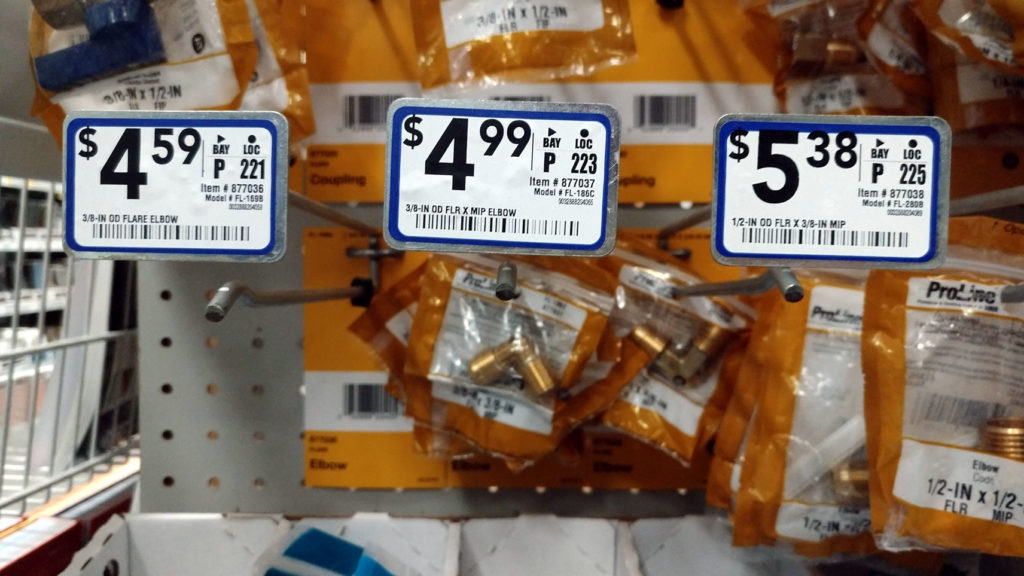
While you are there, also buy a Teflon tape rated for gas and water line. We need this to seal the connections.
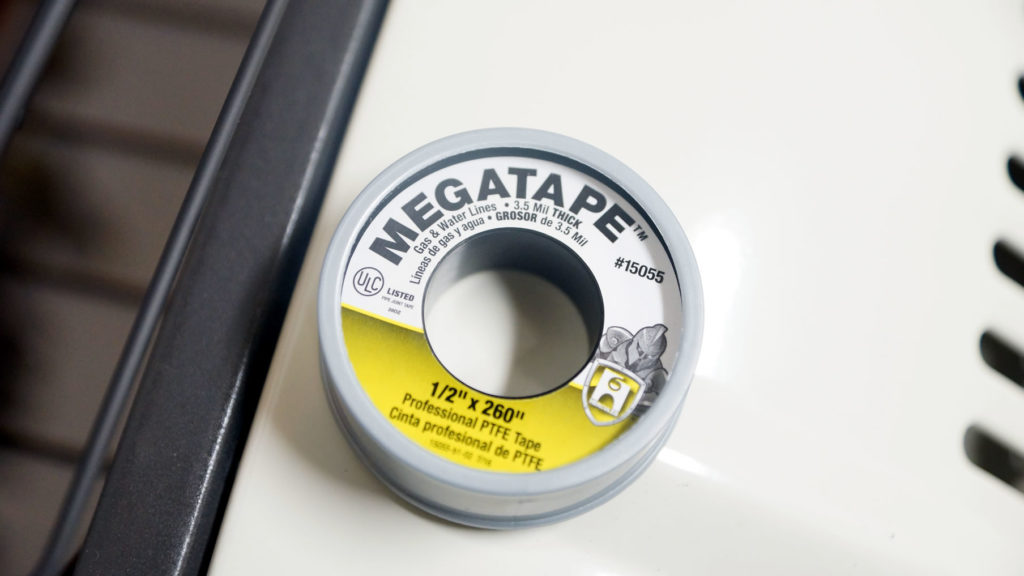
Now you have everything you need to assemble the heater smoothly. Wrap the teflon tape clock-wise on both male plugs of the elbow fitting. Attach the fitting to the heater.
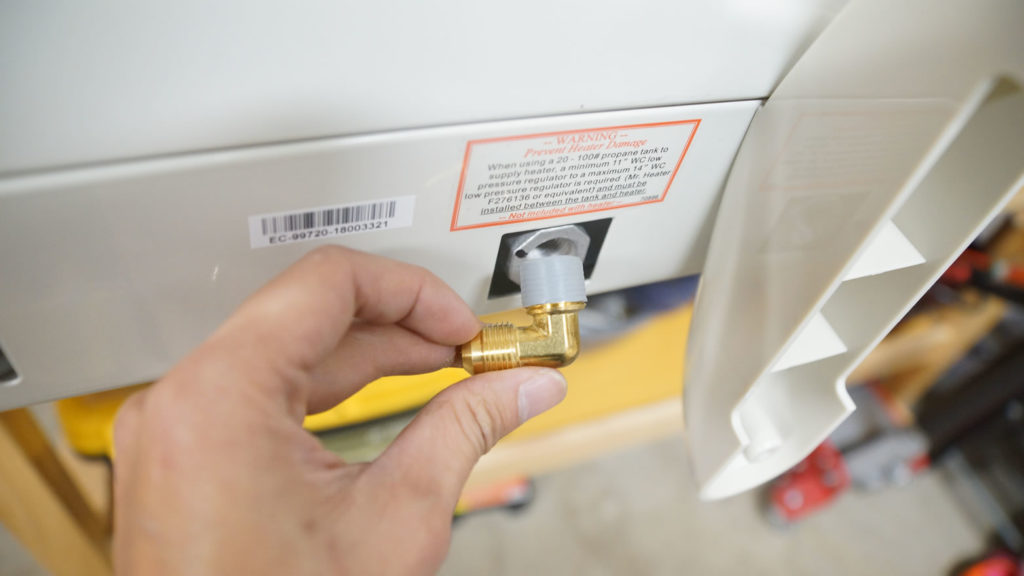
Then attach the pressure regulator hose to the other end. Each turn should be smooth and tight since there is no brass to metal contact due to the layer of teflon tape in between. This might be the most difficult step. You may have to redo the wrapping several times to get it perfect.
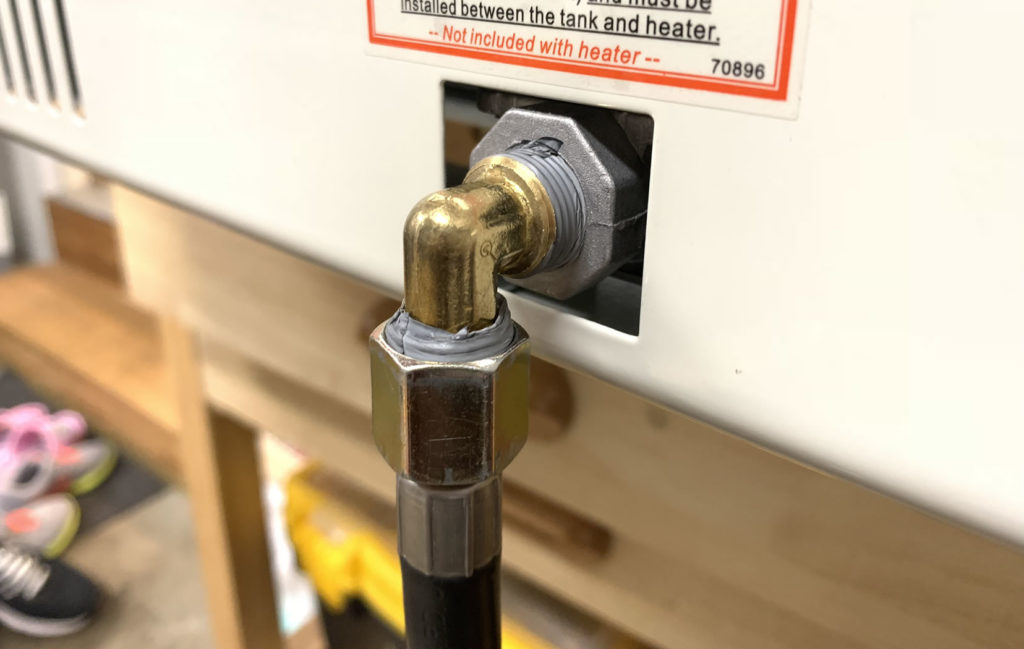
Attach the other end of the pressure regulator hose to the LP tank. If you also bought the pressure gauge, this goes in between now.
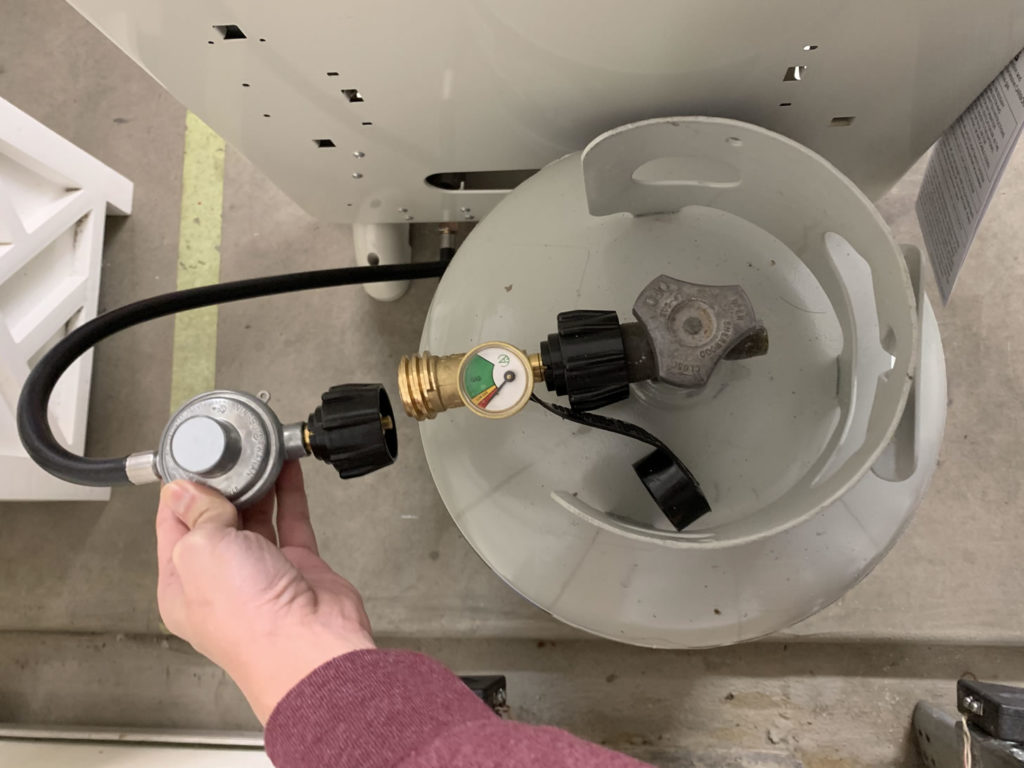
4. Safety Notes
Though the unit is ventless and generates too small an amount of byproducts that could actually hurt you, it’s never a bad idea to be prepared if there is a problem. Hundred thousands of these vent-free pronane heaters have been sold and there has not been a report of death or fire in direct cause by the product.
However I’m quite certain sooner or later some genius idiot is gonna blatantly ignore the manual, does everything wrong from the book and makes it into the world records of natural selection while using the heater.
So let’s make sure that is not gonna be any of us to be featured on 1000 ways to die. Here are the two detectors that I strongly recommend you should have if you decide to implement a vent-free propane heater for your garage or living room — but never a bedroom since you don’t want to wake up dead if something goes wrong.
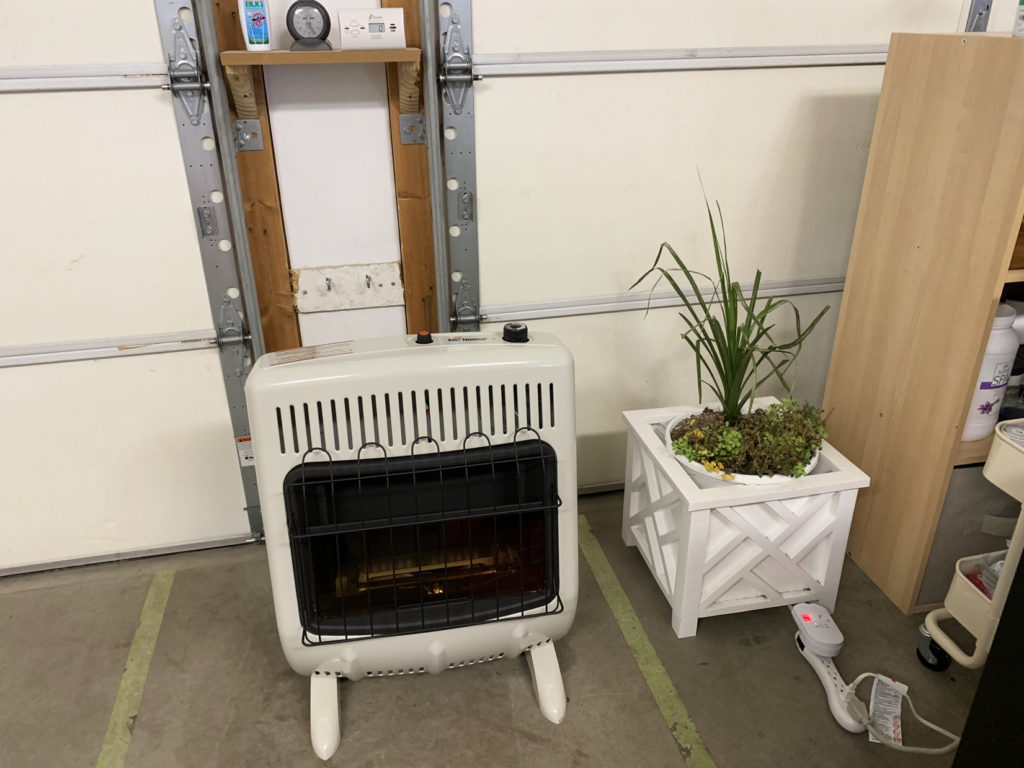
- Digital Display - Displays the level of carbon monoxide the unit is sensing. Shows CO...
- Battery Operated - Provides the best protection during power outages. Battery safeguard...
- Test/Reset Button - Tests unit’s electronic circuitry & horn and resets the unit during...
- LED's - Green LED for normal operation, Red LED for alarm. Temperature range 40˚F...
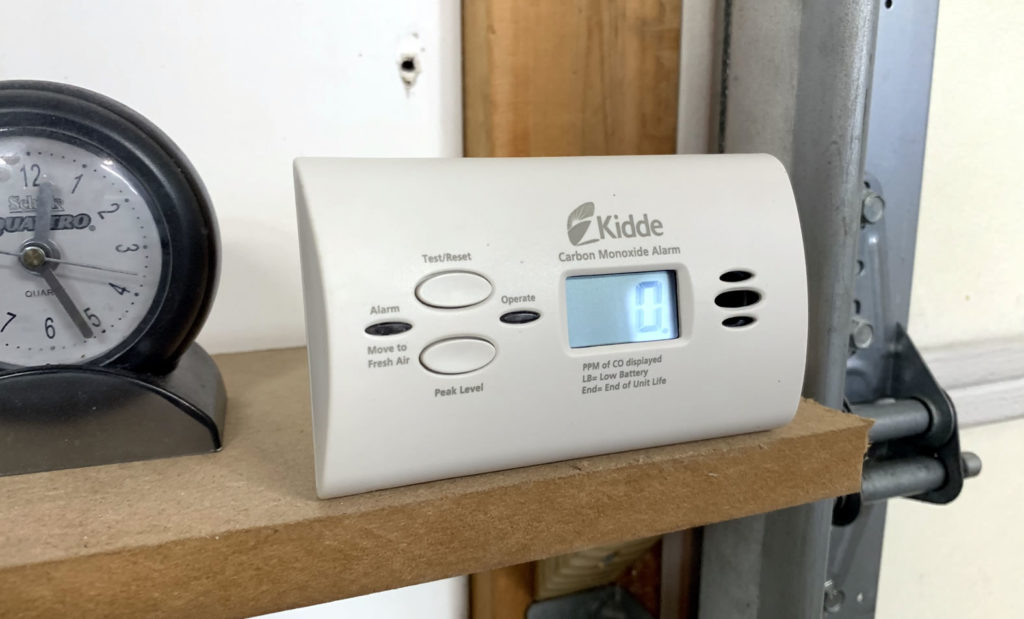
You could also get model that works as both a CO2 and smoke detector if the smoke alarm system isn’t wired in the garage.
- Protects you and your family from 2 deadly threats: Carbon monoxide and explosive gas.
- Sounder alarm – The KN-COEG-3 offers a loud 85-decibel pulsing alarm that will sound to...
- Digital display - Displays the level of carbon monoxide the unit is sensing.
- Peak level memory - Recalls the highest CO concentration detected
- 【Detect Multiple Gases】zorvo gas detector for home suitable for detecting LPG(Propane...
- 【Easy to Install】zorvo gas leak detector adopts Easy-to-install Design, can be used by...
- 【Sensitive】zorvo gas detects alarm adopts advanced gas sensor, and select MCU with a...
- 【Visual & Audible Alarm】When the gas alarm detects a flammable gas leak, the natural...
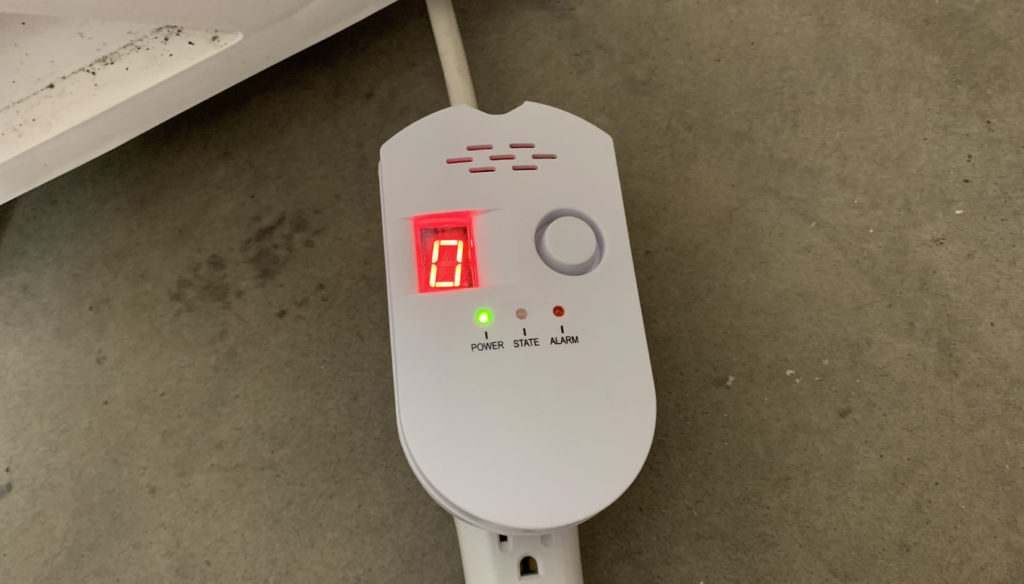
5. Jump start the Heater
1. Fully turn the LP tank valve to open and verify there is no leak.
2. Insert battery into the battery compartment inside the ignition switch.
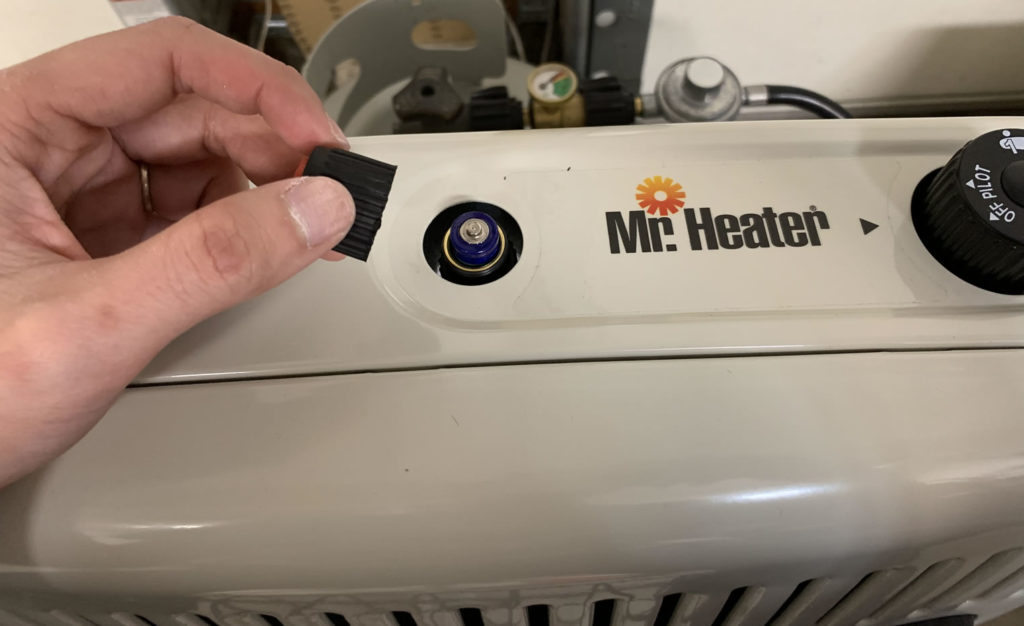
3. Turn the control knob to Pilot and depressfor 30s if you are using a new tank. This helps empty out the the remaining air inside the hose. Since the flow pressure is greatly reduced after it passes the regulator, this process takes a bit for the propane gas to slowly reach the heating element.
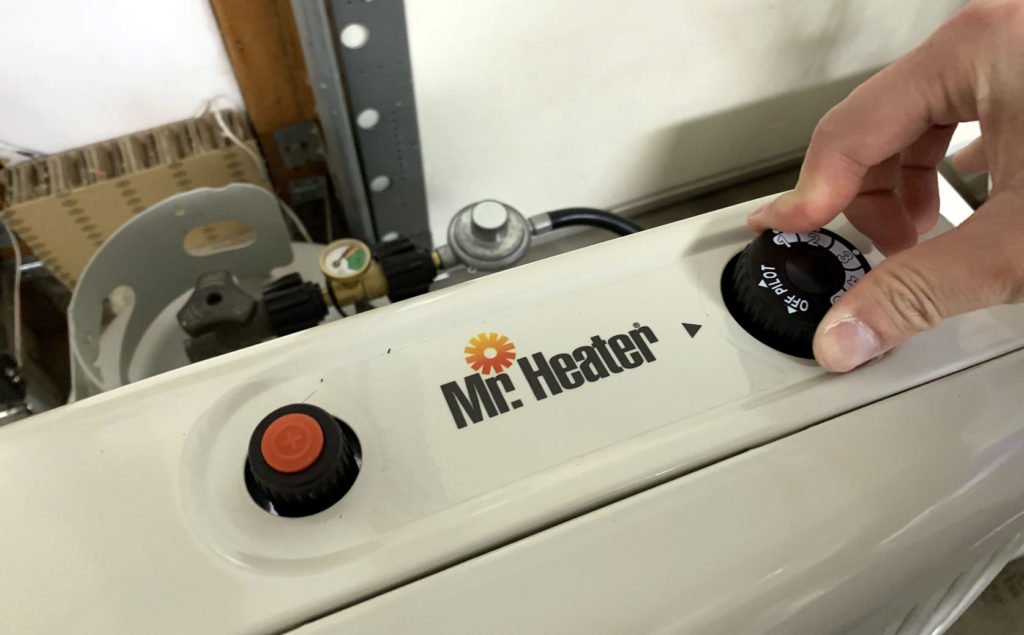
4. Now while holding the control knob, simultaneously depress the ignition button. Pilot flame should now light up without any issue. Keep both buttons depressed for at least 5s.
5. Release all buttons. Adjust the control knob between 1-5 to set a cut-off temperature/heating level of your desire.
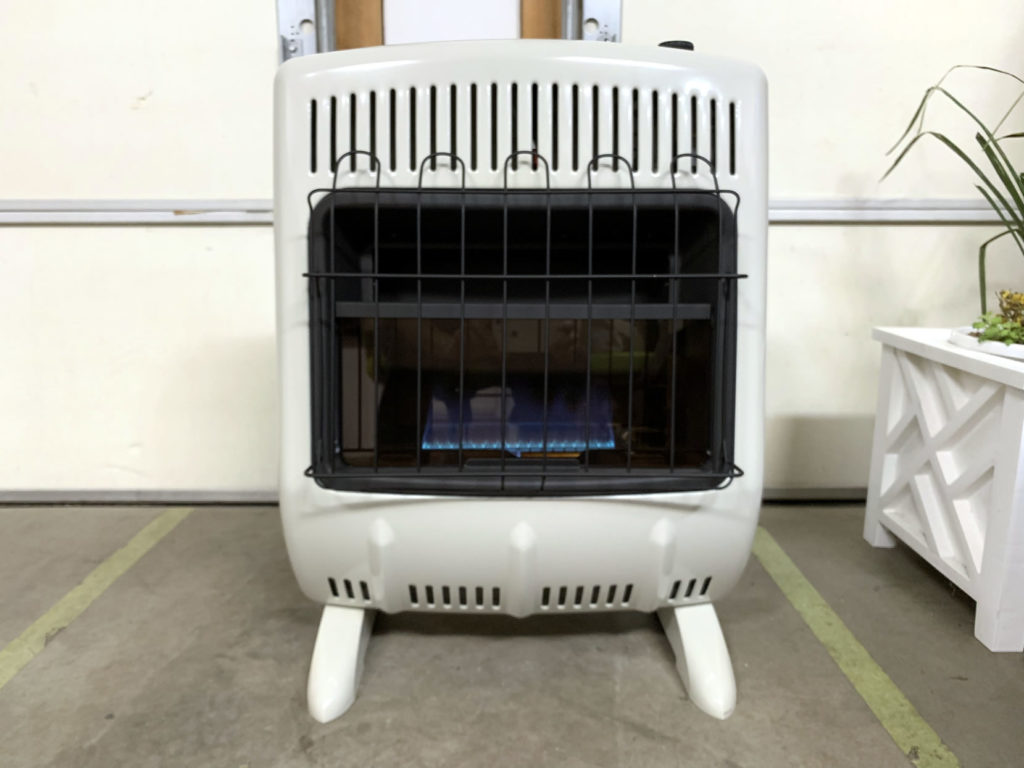
6. Conclusion
The key to efficiently heating up the living area using these ventless heaters is to choose the correct BTUs rating for the square footage. Too large and it’ll burn fuel too quickly, consuming large amount of oxygen in that small space and dumping too much moisture into the air. Too little and it can’t raise the temperature fast enough for comfort.
So be sure you pick the best size for your designated area.
For up to 250 sq-ft
- 10,000 BTU Liquid Propane heater to heat spaces up to 250 sqaure feet.
- Blue flame burner for even convection heat.
- Automatic low oxygen shut-off system (ODS). CSA Certified
- Operating this heater at altitudes over 4,500 FT above sea level could cause pilot/ODS to...
For up to 500 sq-ft
- 20,000 BTU Liquid Propane heater to heat spaces up to 700 square feet
- Blue flame burner for even convection heat. Run Time (Hrs at Max BTU)- 21.59. Fuel...
- Automatic low oxygen shut-off system (ODS). CSA Certified
- Operating this heater at altitudes over 4,500 FT above sea level could cause pilot/ODS to...
For up to 750 sq-ft
- 30,000 BTU Liquid Propane heater to heat spaces up to 750 square feet. Restricted in...
- Blue flame burner for even convection heat. Supplemental heat in cold rooms, Additions,...
- Automatic low oxygen shut-off system (ODS). CSA Certified. Fuel Consumption/Burn Rate...
- Operating this heater at altitudes over 4,500 FT above sea level could cause pilot/ODS to...
Sometimes I need to have my garage warmed up in a jiffy, so I fully rely on the ventfree propane heater for the task. But if it runs for a prolonged period of time, I could clearly tell the change in air humidity. Basically, the room just feels bloated in a funny way, or maybe it’s just me and those yesterday tacos.
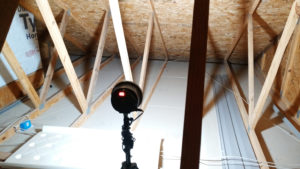 Fortunately, I installed insulation in the garage attic to R-60 depth and turns out, that was the best mini project ever. For an investment of less than $280, the garage once heated up can retain its warm temperature for a very long time; plus it also helps prevent ice dam after a heavy snow storm, since warm air is fully trapped inside the room.
Fortunately, I installed insulation in the garage attic to R-60 depth and turns out, that was the best mini project ever. For an investment of less than $280, the garage once heated up can retain its warm temperature for a very long time; plus it also helps prevent ice dam after a heavy snow storm, since warm air is fully trapped inside the room.
This allows me to set the thermostat to minimum level and the propane heater shuts off itself when temperature reaches around 69°F. Then I can start to use my regular electric heater for the rest of the day.
It’s a win-win situation because temperature gets where I need it to be in less than 15-20 minutes. The electric heater, also set at low power which consumes little energy, continues the job to maintain the temperature without dumping more moisture into the air.
On a freezing day I’d have both running and if I don’t pay attention, the room could easily reach 80°F then both of the heaters turn off themselves for hours. Lots of money saved this winter!
My one complaint is heading out to get a new tank in said terribly cold day truly requires great motivation. Oh well, nothing is perfect.
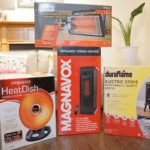 4 Best Electric Heaters for under $100: Quartz vs. Infrared vs. Ceramic vs. Radiant and Oil-filled. --...it was always freezing cold in the winter evening for all of us as we sat here and watched each others like the most dedicated members of the Nightwatch. It’s pretty relaxing and torturing...
4 Best Electric Heaters for under $100: Quartz vs. Infrared vs. Ceramic vs. Radiant and Oil-filled. --...it was always freezing cold in the winter evening for all of us as we sat here and watched each others like the most dedicated members of the Nightwatch. It’s pretty relaxing and torturing...
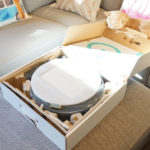 Affordable Robotic Vacuums Comparison : Eufy RoboVac 11S vs. Ecovacs Deebot N79S.
Affordable Robotic Vacuums Comparison : Eufy RoboVac 11S vs. Ecovacs Deebot N79S.
...hence I ordered two entry-level yet features-packed robotic vaccuum cleaners, hoping they could fight each other like what I saw them Battlebots do on Youtube...







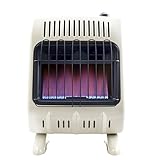

Very great and funny review ! No lie you had me laughing the whole time, keep up the great work, definitely would be willing to read through all your reviews if you keep these jokes coming in.
Great review. i had a problem with a large propane heater in a small room and it heated up real quick. So getting the right size is vital.